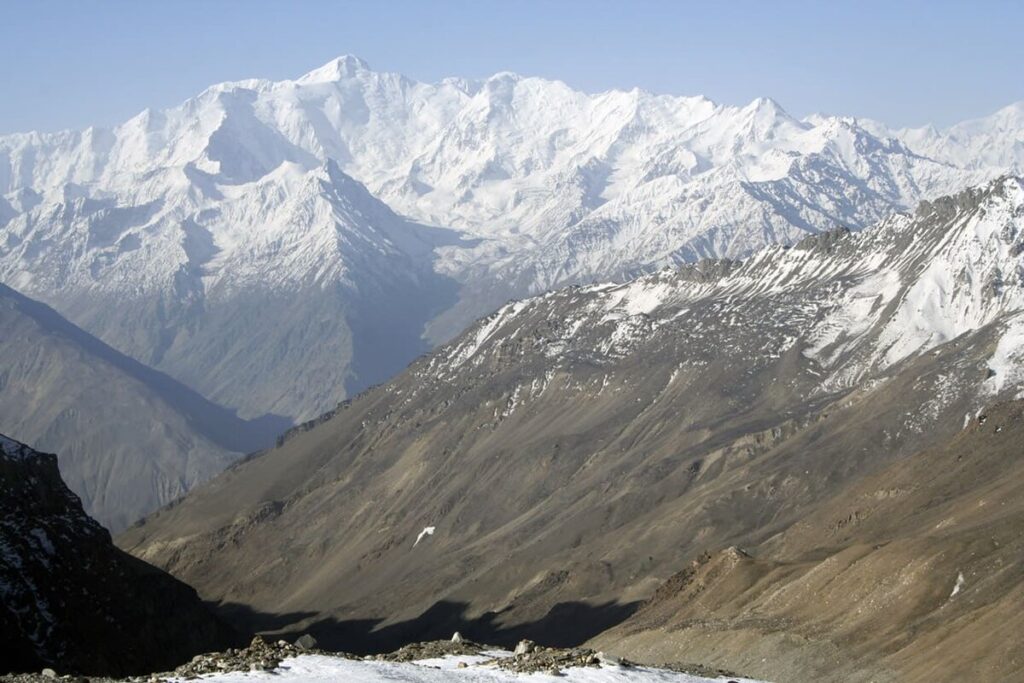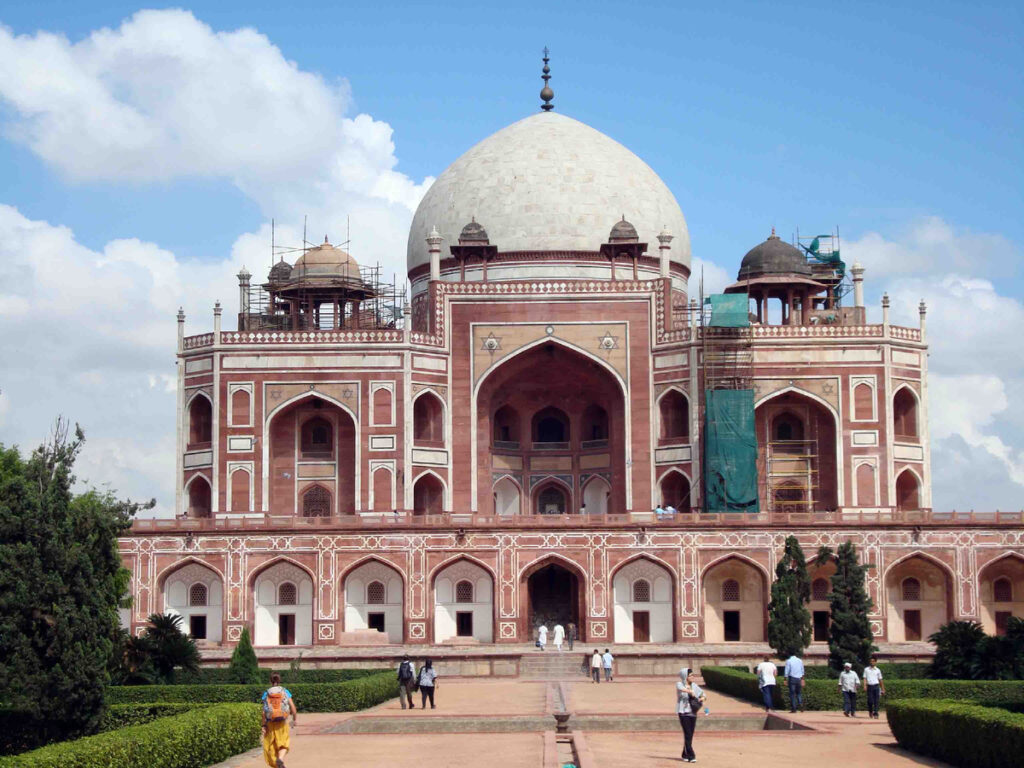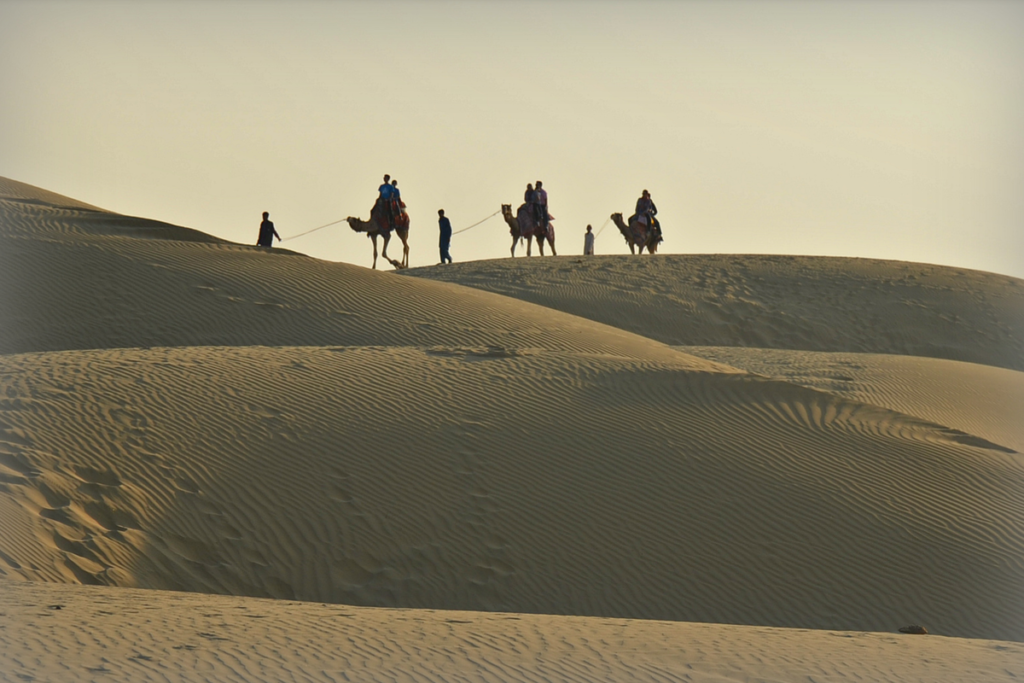I am opening a series of articles about the four rulers of Asia, so significant that even these publications will not be able to fully reveal them to modern man. The four great empires, by definition, represented the four beginnings of Asia — the Motley South, the Yellow East, the Muslim West and the Russian North. We’ll start with the first one.
The enemy is from behind the rocks
The Hindu Kush Mountains are gloomy and sad, as if life has frozen there forever. Translated from Hindi, the word means «death of Hindus», and many believe that they are so called because they are high, dry, cold, covered with a two-meter layer of snow. And Indians live in humid and hot regions and are more afraid of frost than death.
But this is not true. The Hindu Kush became so called because even in ancient Times all conquerors — murderers of Hindus — came from there. The ancient Arians, Alexander the Great, the Greco-Bactrians, the relatives of the Huns — the mysterious Ephthalites, the Mongols of Genghis Khan, Timur Tamerlane and, finally, Babur.

Hindu Kush
Let’s focus on the last one. Who was this man with such an unusual name for a Russian ear? Mongol khans, Timur the Iron Limper, and even Uzbeks are considered his ancestors. In fact, he was Chagatai, half Mongol, half Turk. Unable to stay in his native land — in Ferghana, Zahir al-Din Muhammad Babur unsuccessfully tries to subdue the city of Samarkand, after which he puts together a detachment of armed thugs and invades the Afghan region. An adventurer and schemer by nature, he creates a powerful and cohesive army consisting only of his Muslim compatriots, and, for the first time in the history of Northern India, massively using muskets and artillery, defeats his main enemy, the Delhi Sultan Ibrahim Lodi, in 1526 at the city of Panipat, and turns to dust the myth of the invincibility of the Mewar Raja Rana Singh, defeating his 100,000-strong army.

Muhammad Babur (1483-1530)

The residents of Nilab welcome Babur. Indian miniature.
From then on, Babur became the ruler of Northern India. The country is once again covered with rivers of blood, defiant fortresses destroyed to the ground, devastated lands and abandoned cities. A Sunni Muslim, rising on the bones of Hindu and Buddhist rulers, takes power over a vast region in which the caste system, thousands of gods and unknown cults, several religions and giant civilizations, cities of all eras, types and colors, prehistoric abundance of flora and fauna and a multi-million population are closely intertwined.

The territory of Babur’s kingdom is marked in light yellow.
Babur moved the capital from Kabul to Agra. He founded the Mughal dynasty, which is still incomprehensible to Indians. It is curious that the locals called him Mughals, by analogy with the Mongols. The relatives and entourage of the conqueror, like Babur, considered themselves Timurids, descendants of the Iron Limper. But his reign in the new land lasted barely four years. Already in 1530, Babur went to his forefathers, and Humayun, Babur’s legitimate son, took the throne of the new dynasty.
Exile

Humayun’s Palace
Alas, Humayun, born and raised in a bright, pleasant Muslim environment, sentimental and soft-hearted, had to face a new system of centuries-old and cruel professional betrayals and murders, for which even the most notorious Chagatai robbers were not ready. Cruel circumstances forced him to resist his beloved brothers Askari, Kamran and Hindal, who quickly assimilated Indian political culture and declared a rebellion, the Hindu king Bahadur of Gujarat and the ruler of Bengal Sher Khan (yes, it was in his honor that R. Kipling named the Bengal tiger from the «Jungle Book»). When he came to the throne, he began to invent laws that were fantastic in essence and created departments of Water, Fire and Earth, giving them control of wine cellars, powder depots, smokehouses, construction, military affairs. Unable to defend the rear and unable to withstand the rhythm of war, Humayun, prone to the use of opium, alcohol and hookah fumes, sometimes goes into oblivion for many months. During such periods, his life was on the verge of death.
It is not surprising that he lost all the battles to the old and cunning Sher Khan, a strategist to the core and an experienced politician, who left mountains of skulls on the way to the throne, killed his own wives, brothers and sisters. For example, in the three-month battle of Chauss, Sherkhan personally built redoubts and supervised the transportation of forage, supplies and clean water to the military camp. Having brought Humayun’s ambassadors to his camp and lulled the vigilance of the Chagatai, Sher Khan viciously attacked them at night, scattered the camp into pieces, took away all the heavy artillery and destroyed 40 thousand people — more than 9/10 of Humayun’s troops.

Sher Khan, the ruler of Bengal, the exile of the Mughals.
In 1540, during another battle, a descendant of Babur managed to put the army with its back to the Ganges and, having lost, completely lost it during the retreat, because it simply sank.
Agra fell first, then Delhi, followed by Lahore, the largest city in Punjab. In Lahore, Chagatai, cherishing the hope that Shere Khan would not go further, almost was captured by the enemy and at the last moment slipped away through a secret underground passage. But Hindustan was completely lost. It did not help Humayun that his enemy in the West, King Bahadur, who was expelled from his state by the local elite, was captured and stabbed by the Portuguese, and the brothers quarreled among themselves.
By 1541, Humayun, leaving everything conquered by Babur to the Bengali, decided to leave the country and headed south through the Punjab desert. He had barely 5,000 people left. It was on his way to that distant land that he married Hamida, the beautiful daughter of a rich teacher and feudal lord Khalil. It is surprising that, in fact, it was a story of true love — at that moment Humayun was a stoned loser without a penny in his pocket and with a tiny detachment instead of a kingdom, and Hamida, despite the fact that at first she had been looking at him for several months, actually, of her own volition, went after Chagatai into the desert without consulting with my father. Hamida and Humayun lived soul to soul, forgetting to leave their camping tent for a week or more, and six months later, on August 21, 1541, their wedding took place. It was extremely modest. According to Abu’l-Fazl’s biographer, even an ordinary soldier would have staged a more magnificent celebration. Hamida’s father later joined them and still blessed the cause.
The detachment, which had 3,000 warriors left, faced the ferocious Jell-Arsha tribe and with great difficulty broke away from it, overcoming the giant, insanely hot 400-kilometer Thar desert in the south of present-day Pakistan, in the province of Sindh, during the hottest time of the year. Pregnant Hamida was forced to ride a double-humped camel, which Humayun led by the bridle without closing his eyes. Due to the fact that, unknowingly, Humayun’s fighters killed several cows in one small settlement for food, local residents, ruled by Raja Jaisalmer, furiously filled up almost all wells with sand on the way to the city of Marwar and several times covered the Chagatai caravan with arrows and stones from slings.

The Tar Desert

Some of the soldiers went mad, others died of heat and hunger, others took their own lives, and only a hundred or two brave men stayed with Humayun to the end. During this most difficult time, as sometimes happens with women in her position, Hamida almost frantically wanted an unusual meal, namely pomegranates. In the middle of the desert! Fortunately, it turned out to be in the bales of a merchant passing by Humayun’s caravan. On October 15, 1542, during a thunderstorm, after a difficult birth, during which Hamida lost consciousness three times, their son was born, the one about whom we will talk — Akbar, later nicknamed the Great.

Humayun’s Way
After reaching Marwar, Humayun hoped that thanks to the mounted troops of the loyal raja, who wanted to strengthen his influence over the neighboring kings, he would be able to gradually restore his state to its former size and defeat the brothers, but history ordered completely differently. When on July 11, 1543, he left with a new detachment of 7,000 horsemen through Baluchistan to the northwest, to Kandahar, the brothers, ready to tear each other’s throats, united against the elder and forced him to flee to Persia, to Shahinshah Tahmasp Safavid, without means of subsistence and troops at their own risk. In mid-December, drowning in snow, cooking with helmets instead of cauldrons, 40 members of Humayun’s family and soldiers climbed out of a mountain valley and entered Shindand in western Afghanistan. By the end of January, the misadventures came to an end — Tahmasp, having heard about the fate of the Chagatai ruler, received the deposed monarch with honors in Herat, ordering to deliver everything that Humayun and his detachment might need, as well as to water and sweep his path. The Sunni ruler, under pressure from his patron, converted to Shiism, visited Mashhad, the place of death of the eighth Imam Abu ar-Riza, highly revered by Shiites, read a laudatory khutb in the name of Tahmasp and changed the color of his kind from white to black.

Hamida, Humayun’s wife

The flag of the Safavid State

The Safavid Empire at the peak of its power under Shahinshah Abbas I.
Here, two-year-old Akbar, most likely, was able to really play and sleep for the first time. Two highly educated artists, Mirsaid Ali and Abd-us-Samad, were assigned to him, who were engaged in Akbar’s upbringing with his mother and were appointed to teach him science in the future, while his father went around Persia with diplomatic tasks and communicated with the shah. Tahmasp demanded that his guest give Kandahar and Lahore to Persia, and then the Safavid army would win back Humayun’s honor and return the throne to him.

Shahinshah of Persia Tahmasp Safavid (1514-1576)
At the end of 1544, after lengthy negotiations, the monarchs finally found a compromise. The Mughals accept Shiism and at the end of the campaign pay the Persians a large sum in pearls, rubies and gold. Kandahar goes to the Persians, and Lahore goes to Humayun. The Persian army, numbering 40,000 horsemen, Kyzylbash (Turkmen warriors), peshmen and archers with 40 cannons, should immediately move to Kandahar together with Humayun and little Prince Murad, the son of Tahmasp.

Safavid cavalryman — kyzylbash
But at the same moment, as soon as the parties exchange gifts and fraternal kisses, Akbar was kidnapped by scouts sent by Askari. The guards are completely killed, as are Akbar’s two teachers, and the mounted group of kidnappers, taking advantage of the darkness and confusion of the night, hurriedly leaves for the pass. He promises to kill the heir if Humayun’s army somehow tries to cross the border of Persia and the Afghan region.
